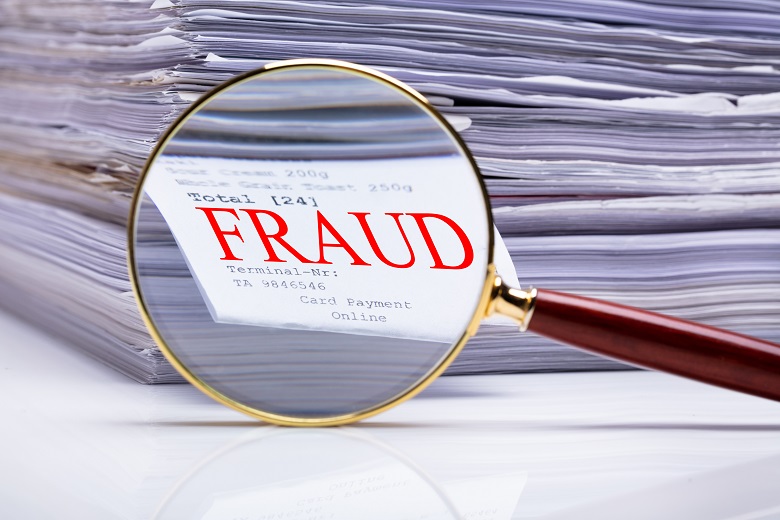
Fraud by public sector employees and contractors cost the Commonwealth more than $42 million in just one year, crime statistics show.
The Commonwealth fraud investigations 2016-17 report published this month by the Australian Institute of Criminology says there has been an 86 per cent increase in internal Commonwealth fraud investigations, with the most common forms of internal fraud related to misuse of government credit cards, misuse of procurement payments and misuse of cash.
Internal fraud was substantiated in 1,788 cases, or 75 per cent of all those investigated in 2016-17, the report says.
The most common methods of committing fraud were misuse of information and ICT, asset misappropriation, misuse of personal information and misuse of documents.
The most common age category of suspects was 35-44 with an even number of males and females. No suspects were employed in senior executive levels.
Almost $94 million lost through fraud
Altogether, the commonwealth lost a total of $93.8 million through more than 347,000 cases of internal and external fraud in 2016-17.
External fraud mainly related to taxation, welfare, excise and commonwealth programs and grants.
More than 95 per cent of the external fraud investigations in 2016-17 were attributable to “one large entity” involved in payment card fraud in which cardholders were able to make transactions using stolen cards. The fraud was identified and the system had been fixed, the report notes.
The AIC says while external fraud is more common than internal, this shouldn’t lead to complacency given the increase in internal fraud investigations.
It says another area of concern is a rise in employee application fraud in the public sector, with a 2018 ICAC report finding up to 30 per cent of job applications in the NSW public service contained some sort of false information.
“Much corrupt conduct in the NSW public sector may have been attributable to inadequate screening employment processes,” it says.
However the report says the estimated overall losses are lower than might be expected compared to the private sector and overseas examples, suggesting that “either levels of fraud against Commonwealth entities are much lower than in other organisations, or Commonwealth entities are not detecting fraud at comparable rates.”
It also notes that it isn’t known how much fraud goes undetected.
“The main take-home message from the 2016–17 census is that having adequate resources to actively look for fraud, to encourage fraud prevention and to have trained investigators will allow entities to have a greater understanding of where their fraud risks lie and how they may counter those risks,” the report concludes.
Ongoing concern
The report says fraud is an ongoing concern for Commonwealth entities, which are are attractive targets because of their extensive resources including equipment, property, money and information.
Fraud damages the efficiency of government operations, the morale of public officials and public confidence, the AIC says, and Commonwealth entities must do everything necessary to minimise risks.
Less than 40 per cent of commonwealth entities detected fraud in 2016-17 but this is not necessarily reflective of the proportion that experienced fraud, it says.
Commonwealth fraud in 2016-17
- 50 entities commenced a total of 350,291 fraud investigations in 2016-17 with estimated financial losses of $109,105,749
- 33 entities commenced 2,345 investigations into employee/contractor fraud, up from 1,236 in 2015-16, with a value $2.1 million
- 27 entities finalised 2,371 internal investigations
- 36 entities started 347,902 investigations into external fraud, up from 3,270
- 39 entitites finalised 349,166 external investigations, up from 3,125
- Fraud was substantiated in 75 per cent of internal investigations and 99 per cent of external
Comment below to have your say on this story.
If you have a news story or tip-off, get in touch at editorial@governmentnews.com.au.
Sign up to the Government News newsletter.